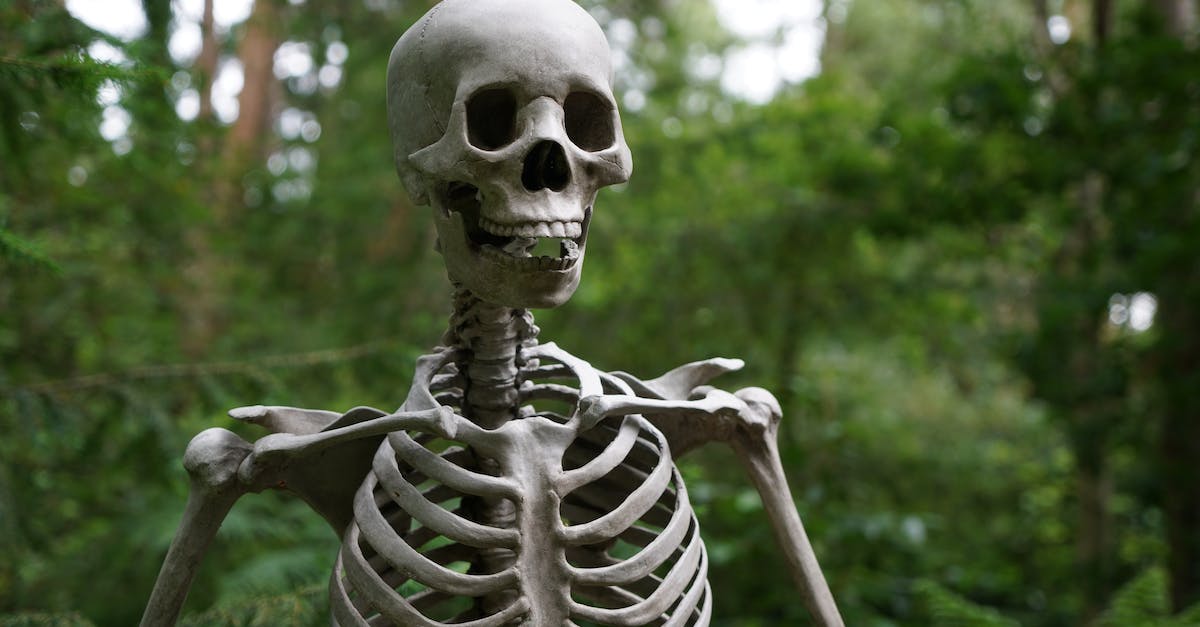What Type of Dog is Cujo? Unraveling the Mystery Behind the Ferocious Canine in Film
The Mystery Behind the Ferocious Canine in Film: What Type of Dog is Cujo?
Introduction
Cujo, the terrifying dog that inspired fear in the hearts of many viewers, was a central character in the 1983 horror film of the same name. But what exactly is Cujo, and where does his ferocity come from? In this article, we unravel the mystery behind this infamous canine and shed light on his breed and character.
The Story of Cujo
Cujo was created by author Stephen King in his 1981 novel, which was later adapted into a film directed by Lewis Teague. The story revolves around a Saint Bernard named Cujo, who becomes rabid after being bitten by a bat. Cujo’s descent into madness and subsequent reign of terror provides the thrilling storyline of the novel and film.
The Breed of Cujo
In the film, Cujo is depicted as a Saint Bernard. The choice of this breed was intentional, as Saint Bernards are generally known for their large size and friendly nature. However, Cujo’s portrayal as a vicious and aggressive dog raised questions about the true nature of this breed.
Understanding Saint Bernards
Contrary to Cujo’s portrayal, Saint Bernards are typically gentle and affectionate dogs. They are known for their loyalty, intelligence, and their willingness to please their owners. Originally bred for search and rescue, they have a reputation for being excellent family pets.
The Transformation of Cujo
Cujo’s transformation from a friendly Saint Bernard to a ferocious monster may seem unbelievable to some viewers. However, it is essential to remember that the film is a work of fiction and not a reflection of reality. The portrayal of Cujo as a rabid and aggressive dog was purely for dramatic effect.
Portrayal of Dogs in Film
It’s important not to judge an entire breed based on the actions of a fictional character in a film. Dogs in movies are often portrayed in exaggerated ways to create tension and suspense. While Cujo may have instilled fear in audiences, it is crucial to remember that in real life, most dogs, including Saint Bernards, are friendly and well-behaved pets.
The Symbolism of Cujo
Cujo’s character in the film also has symbolic significance. He represents the embodiment of fear, danger, and the brutal unpredictability of life. Cujo’s transformation into a monstrous creature serves as a metaphor for the chaos and violence that can lurk beneath the surface of seemingly peaceful environments.
Conclusion
Although Cujo is commonly associated with the Saint Bernard breed, it is essential to remember that his portrayal in the film was purely fictional. In reality, Saint Bernards are loving and gentle companions. The story of Cujo serves as a reminder not to generalize or judge entire breeds based on fictional representations. Dogs are individuals, and responsible ownership and proper training play a crucial role in their behavior and temperament. So, don’t let the Hollywood portrayal of Cujo deter you from considering a Saint Bernard as a potential pet – they can be wonderful additions to any family.
FAQs
1. What type of dog was Cujo in the film?
Cujo, the ferocious canine in the film, was portrayed as a Saint Bernard.
2. Was Cujo based on a true story?
No, Cujo was not based on a true story. It was a fictional horror novel written by Stephen King.
3. Which breed of dog is known for being gentle and friendly?
The Saint Bernard breed is typically known for its gentle and friendly temperament.
4. Was Cujo inherently aggressive in the film?
No, Cujo’s aggression in the film was a result of being bitten by a rabid bat, which led to him becoming rabid and vicious.
5. Did the real-life Cujo dog have any behavioral issues?
In real life, the dog who played Cujo did not have any behavioral issues. The portrayal of Cujo as aggressive and dangerous was entirely fictional.
6. Are all Saint Bernards aggressive like Cujo?
No, Saint Bernards are not inherently aggressive. They are generally known for their gentle and calm nature.
7. How was the ferociousness of Cujo portrayed in the film?
The ferociousness of Cujo was portrayed through the dog’s aggressive behavior, frightening appearance, and intense and suspenseful scenes in the film.
8. Was Cujo the only antagonist in the film?
Cujo was the main antagonist in the film, but there were other elements of suspense and threat from characters and situations surrounding the main storyline.
9. Did Cujo have any redeeming qualities in the film?
While Cujo was portrayed as a relentless and dangerous antagonist, the film also highlighted his struggle, ultimately making the viewers feel sympathy for the animal.
10. Did the film have a happy ending for Cujo?
The ending of Cujo is bittersweet, as it is a tragic story for both Cujo and his victims. However, it is up to the viewer’s interpretation whether the ending is entirely unhappy.




































